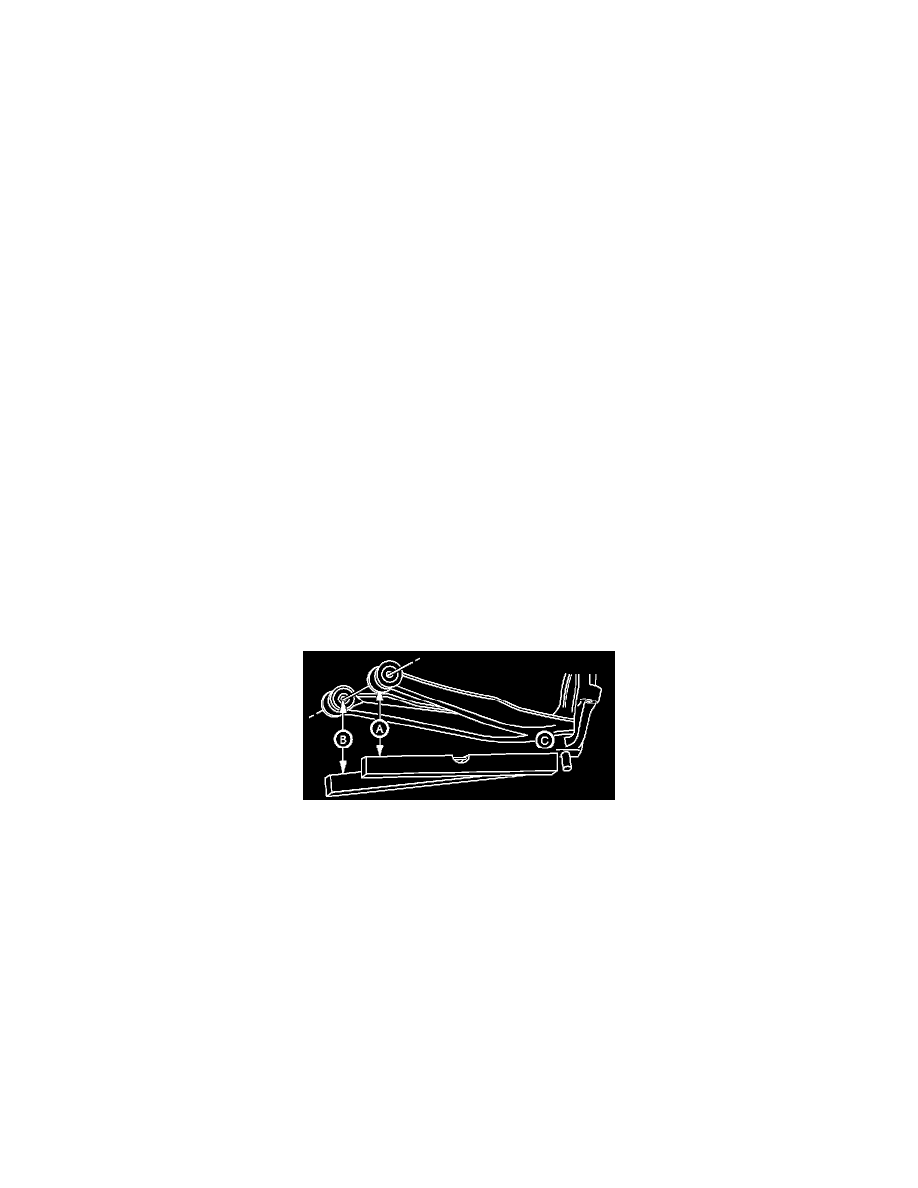i-350 L5-3.5L (2006)

Alignment: Service and Repair
Trim Height Inspection Procedure
The content of this article/image reflects the changes identified in TSB
Bulletin No.: SB06-06-S001
SERVICE MANUAL UPDATE
Subject:
Revised Trim Height Inspection
Models:
2006 Isuzu i-280/i-350
Trim Height Measurements
Trim height is a predetermined measurement relating to vehicle ride height. Incorrect trim heights can cause bottoming out over bumps,
damage to the suspension components, and symptoms similar to wheel alignment problems. Check the trim heights when diagnosing suspension
concerns and before checking the wheel alignment.
Perform the following before measuring the trim heights:
1.
Set the tire pressures to the pressure shown on the certification label. Refer to Label - Vehicle Certification, Tire Place Car, Anti-Theft
and Service Parts ID.
2.
Check the fuel level. Add additional weight if necessary to simulate a full tank.
3.
Verify that the rear compartment is empty except for the spare tire.
4.
Verify that the vehicle is on a level surface, such as an alignment rack.
Z Height Measurement
1.
Jounce the front and rear suspension to obtain at least 38 mm (1.5 in) deflection, then allow the vehicle to settle.
2.
Set the top edge of the level on the reference surface of the steering knuckle (c) and extend the level directly under the rear end of the front
attachment bolt of the lower control arm (a).
3.
While keeping the level in contact with the knuckle reference surface, adjust the level up/down until the bubble indicates it is horizontally level.
4.
Extend a tape measure straight down from the center of the attachment bolt. The point where the tape measure and the level intersect is your first
measurement.
5.
Keep the top edge of the level on the reference surface of the steering knuckle (c) and move the level directly under the front end of the rear
attachment bolt of the lower control arm (b).
6.
Extend a tape measure straight down from the center of the attachment bolt. The point where the tape measure and the level intersect is your
second measurement.
7.
Average the 2 readings (add them together, then divide by 2) and write down the result.
8.
Repeat steps 1 through 7, a total of 3 times, writing down the results.
9.
Average the results (add them together, then divide by 3) and this result is your final Z height number.
